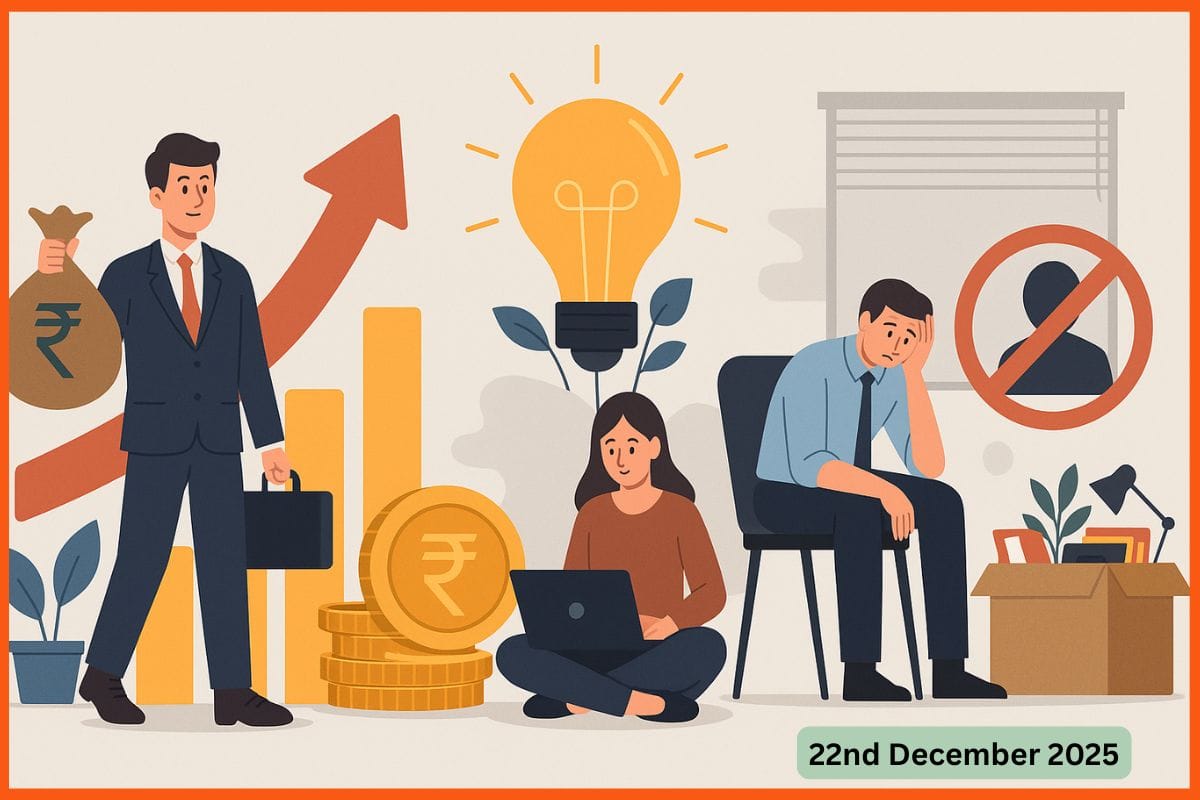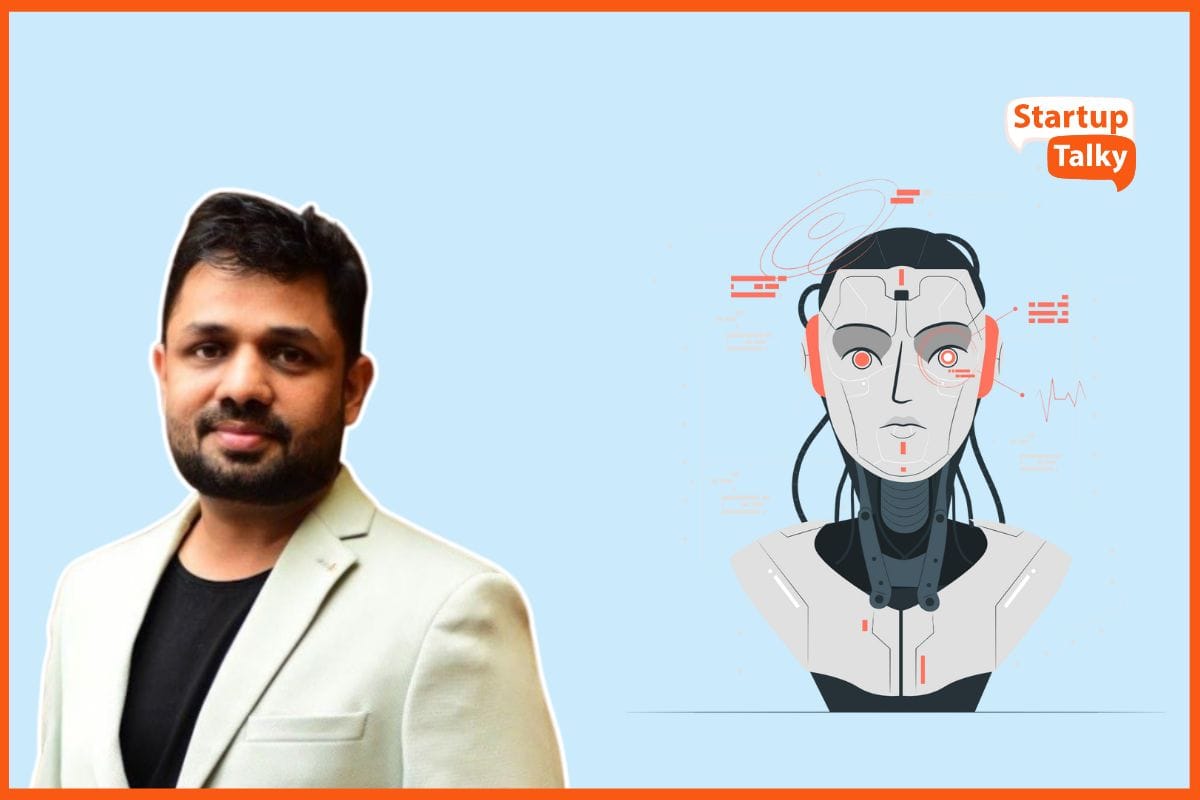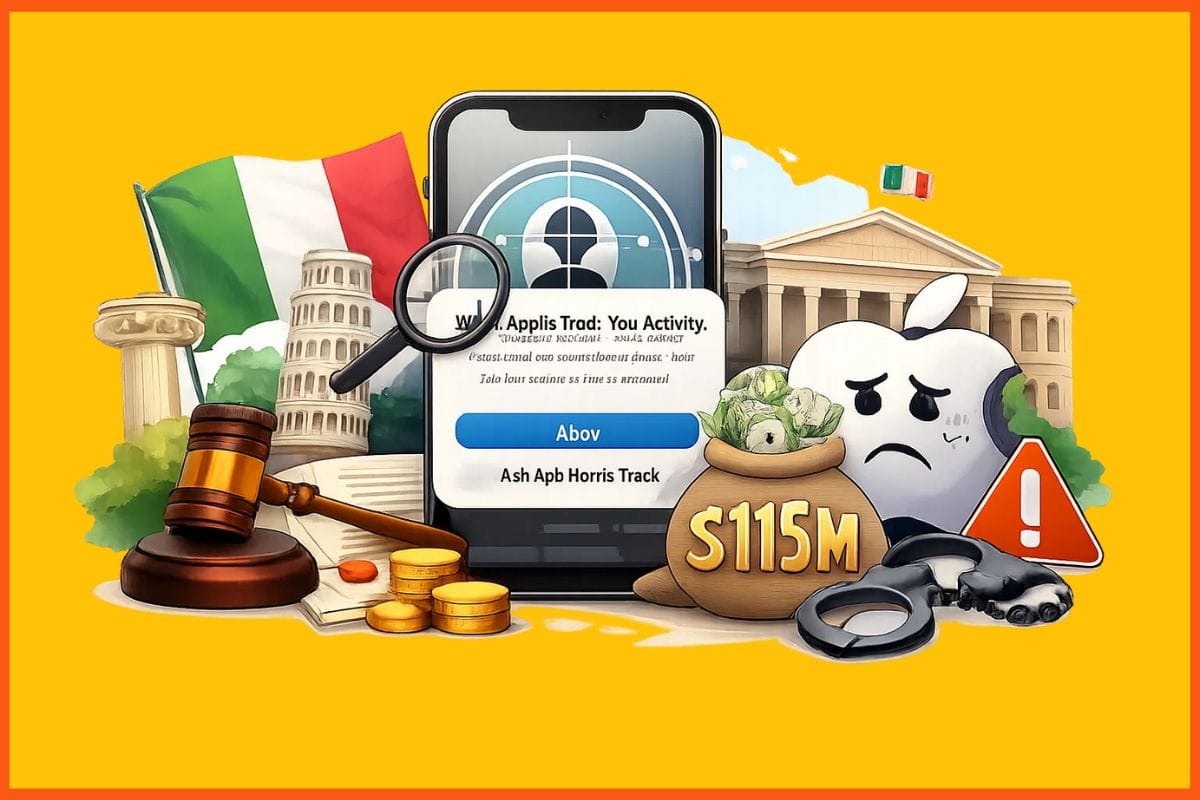How Pepsi Became The World's 6th Largest and Powerful Military
Collections 🗒️
Your favorite carbonated sugary beverage and 6th largest military in the world? What? It sounds pretty unusual. Doesn't it? It all started in 1959 with the then Soviet leader Nikita Khrushchev going gaga over a cup of Pepsi offered to him by the Vice President of the Pepsi company Donald Kendall as a marketing tactic. And after decades, this resulted in the Soviet Union’s trading Pepsi Company military equipment in exchange for huge stock of the sugary beverage worth $3 billion. It made Pepsi the sixth largest military in the world. Now it's believable, isn't it? But what led the Soviet leader to taste a sip of Pepsi?
How did Pepsi catch the attention of the Soviet Leader?
How was Currency Issue resolved?
The Soviet-Afghan War
Pepsi acquires a military status
Conclusion
FAQs
How did Pepsi catch the attention of the Soviet Leader?

In 1959, American President Dwight Eisenhower wanted to spread and display the American culture and the powers and blessings of capitalism to the entire Soviet Union. So on the 24th of July, 1959, the American Government arranged the American National Exhibition in Sokolniki Park in Moscow. This exhibition was an attempt to display American art, culture, fashion, and futuristic technologies. This way, it was also a method of promoting its products. The then-American Vice President Richard Nixon and Nikita Khrushchev, the leader of the communist Soviet Union, attended the function.
At the opening ceremony, a heated argument took place between Nixon and Khrushchev about capitalism and communism. It came to be known as the very famous Kitchen Debates. This event became a matchstick to light the sparks of the cold war between the U.S. and the Soviet Union. To cool things down and as a guerilla marketing gimmick, the Vice President of the Pepsi Company, Donald Kendall, stepped in and offered Khrushchev a cup of the thirst-quenching sugary goodness.
The taste of the refreshing beverage took the leader aback. So, he wanted to make a deal when the introduction of soda to the Soviet Union would be carried out. This argument was a carefully contrived plan put in execution by Kendall and Nixon to publicize Pepsi soda and make the Soviet leader drink it. The night before the exhibition, Kendall had a conversation with Nixon about staging an argument regarding whether he could use that opportunity to promote his company’s product and get it popular among the Soviet nations. It was a brilliant marketing gimmick that resulted in the widespread popularity of soda among the people of the USSR. That is how Pepsico stepped into this new market and was the first-ever western product to be introduced in the eastern bloc.
After decades of discussions and negotiations, deal finalization took place between capitalist America and the communist USSR But, the Soviet money was useless outside the Soviet Union and was not a recognized currency during those times. The value of the currency was under the domination of the Kremlin.
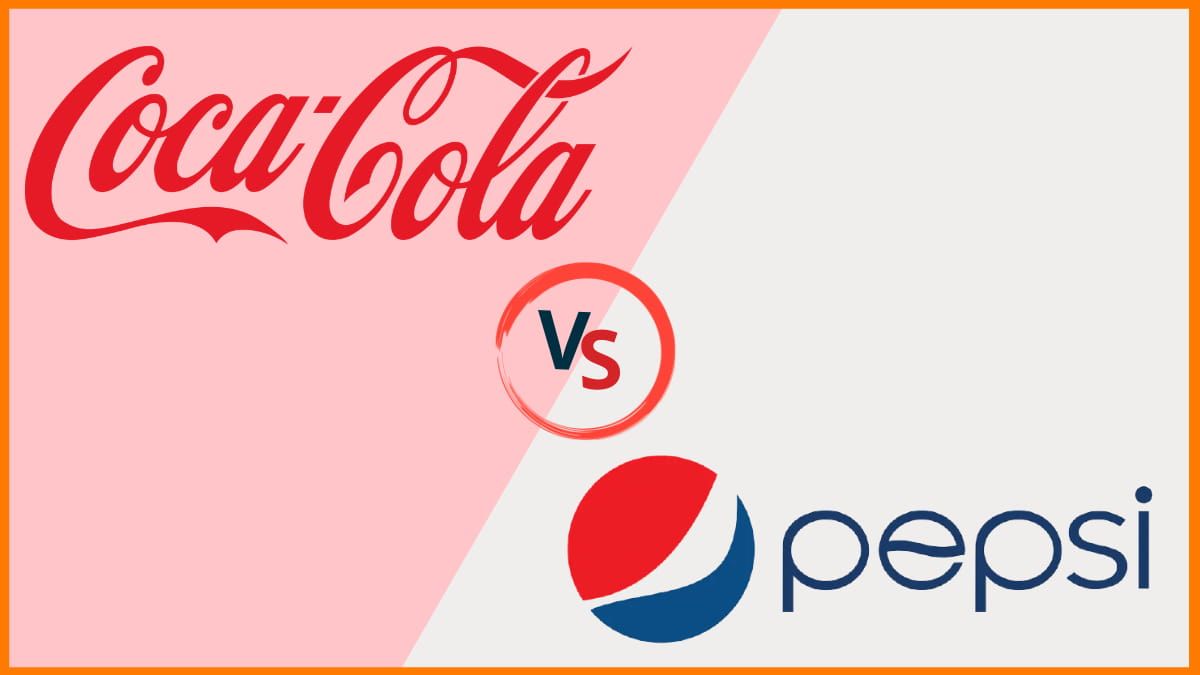
How was Currency Issue solved?
The business was decided to be conducted in an old-fashioned way following the barter system. Pepsi agreed to carry out business through the barter system by accepting a universal currency- Vodka! This deal proved beneficial for both parties as to the government-owned vodka. It was available in huge quantities. This way, it also made way for Pepsi, a non-alcoholic beverage set its foot into the alcohol industry as the sole importer of vodka into the States. Pepsi soda became a barter for Stolichnaya vodka, which became extremely popular in the States. In 1972, the establishment of the first Pepsi bottling plant was in Russia.
The business between Pepsi and the Soviet Union was booming. As a result, the palate of the Soviets had already made Pepsi their favorite carbonated drink. The demand for soda rose exceptionally in the Soviet Union. By the second half of the 1980s, the Soviets per year had consumed consumption of billion servings. In 1988, Pepsi became the first company to have received the payment for making a television commercial in the USSR. One such iconic commercial even starred the king of pop, Michael Jackson. More and more people started consuming delicious carbonated drinks. As a result, the demands were even increasing. Pepsi had, by now, about 20 bottling plants in the Soviet Union to keep pace with the ever-rising demand.
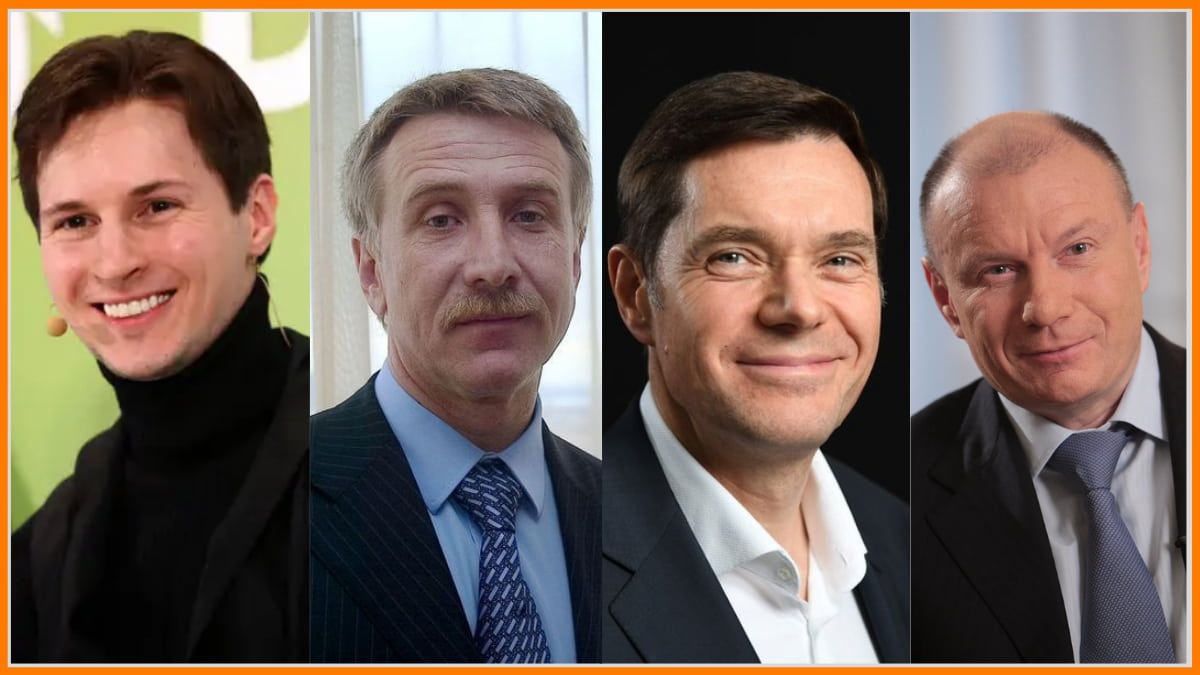
The Soviet-Afghan War

- The Soviet Union attacked and invaded Afghanistan in 1979 and started a war that continued for ten long years (1979-1989).
- The Soviet-Afghan War turned America cold and bitter towards the USSR, and the Americans started discarding and boycotting Soviet products, including the Stolichnaya vodka.
- Its sales dropped extensively in America. Seeing this, Pepsi no longer wanted to supply its product to the USSR in exchange for vodka. The economic and political conditions in the USSR during that time were grim and not so pleasant.
- But the Soviet Union was desperate to hold on to the deal and continue the import of Pepsi. They started thinking about how they would cover the total cost of $3 billion required to buy the stock of Pepsi soda.
- After the cold war, the USSR had accumulated a vast amount of military equipment. So, they decided to forgo 17 submarines, a cruiser, a destroyer, a frigate, and some oil tankers and merchant ships in exchange for the $3 billion worth of Pepsi. It had no other option than to accept the deal because Pepsi did not want to suffer losses and lose the Soviet market.
Pepsi acquires a military status
It became a historical event that made Pepsi the sixth largest military in the world, during that time with all its newly acquired military equipment. But all this military equipment was in poor condition, making Pepsi not prepared for any war or battle. So, it was useless. The submarines were damaged and covered with rust. They needed immediate repairing. The ships were not in good condition. Also, the American government was not very supportive of the fact, that a beverage company was the sixth-largest military in the world. Puzzled with the thoughts of keeping this useless military equipment, Pepsi navy sold all of them to a Swedish scrap recycling company to cover the cost of their soda shipment to the Soviet Union.
Conclusion
It was a very brief and short-lived moment for the Pepsi company but a very historical one. However, the USSR disintegrated in 1991, which gave rise to 15 different countries. And it became difficult for Pepsi to conduct business with so many countries instead of one, like before. Seeing this, Pepsi’s rival Coca-Cola swooped right in and entered the beverage market. Pepsi’s sales started dropping. It lost its number one spot in Russia. As a result, Coca-Cola emerged as a replacement.
Which gets us to think what would have happened if the Pepsi navy still had the military equipment instead of selling them? Would it have waged a war against Coca-Cola?

FAQs
When was Pepsi the 6th largest military?
In 1989 Pepsi got the 6th largest military in the world.
Did Pepsi own submarines?
Pepsi owned 17 submarines, one frigate, one cruiser, and one destroyer in 1989.
How did Pepsi have the 6th largest military?
In 1989, Pepsi and the Soviet Union signed a remarkable deal. The Russians gave Pepsi 17 submarines, one frigate, one cruiser, and one destroyer for $3 Billion worth of Pepsi. This made Pepsi the sixth largest military in the world.
Must have tools for startups - Recommended by StartupTalky
- Convert Visitors into Leads- SeizeLead
- Website Builder SquareSpace
- Manage your business Smoothly Google Business Suite



